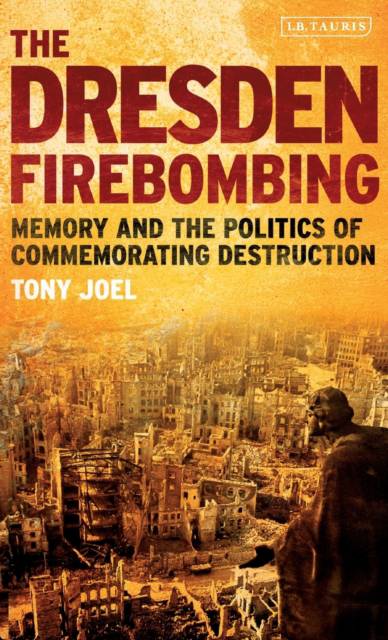
- Afhalen na 1 uur in een winkel met voorraad
- Gratis thuislevering in België vanaf € 30
- Ruim aanbod met 7 miljoen producten
- Afhalen na 1 uur in een winkel met voorraad
- Gratis thuislevering in België vanaf € 30
- Ruim aanbod met 7 miljoen producten
Zoeken
€ 296,95
+ 593 punten
Uitvoering
Omschrijving
The firebombing of Dresden marks the terrible apex of the European bombing war. In just over two days in February 1945, over 1,300 heavy bombers from the RAF and the USAAF dropped nearly 4,000 tonnes of explosives on Dresden's civilian centre.Since the end of World War II, both the death toll and the motivation for the attack have become fierce historical battlegrounds, as German feelings of victimhood complete with those of guilt and loss. The Dresden bombing was used by East Germany as a propaganda tool, and has been re-appropriated by the neo-Nazi far right. Meanwhile the rebuilding of the Frauenkirche- the city's sumptuous eighteenth-century church destroyed in the raid-became central to German identity, while in London, a statue of the Commander-in-Chief of RAF Bomber Command, Sir Arthur Harris, has attracted protests. In this book, Tony Joel focuses on the historical battle to re-appropriate Dresden, and on how World War II continues to shape British and German identity today.
Specificaties
Betrokkenen
- Auteur(s):
- Uitgeverij:
Inhoud
- Aantal bladzijden:
- 384
- Taal:
- Engels
- Reeks:
Eigenschappen
- Productcode (EAN):
- 9781780763583
- Verschijningsdatum:
- 20/01/2014
- Uitvoering:
- Hardcover
- Formaat:
- Genaaid
- Afmetingen:
- 145 mm x 218 mm
- Gewicht:
- 612 g

Alleen bij Standaard Boekhandel
+ 593 punten op je klantenkaart van Standaard Boekhandel
Beoordelingen
We publiceren alleen reviews die voldoen aan de voorwaarden voor reviews. Bekijk onze voorwaarden voor reviews.











